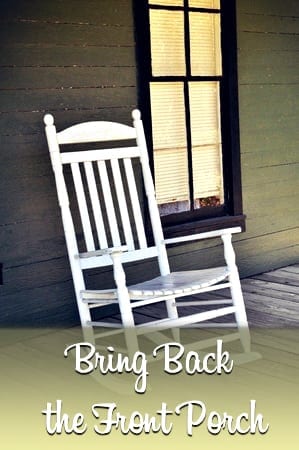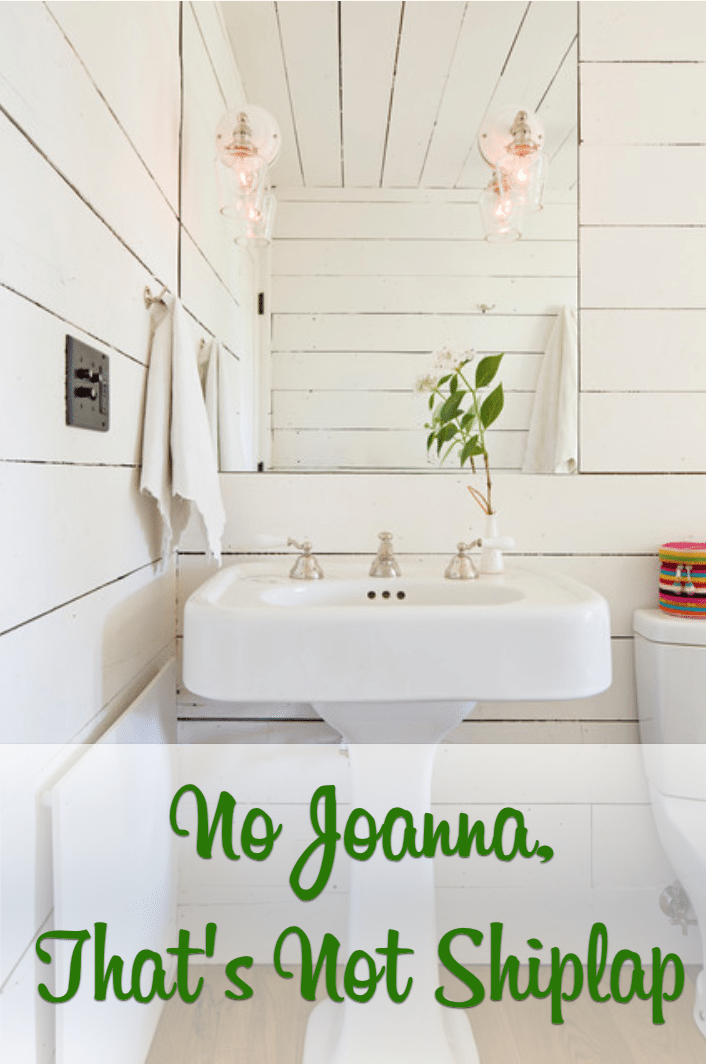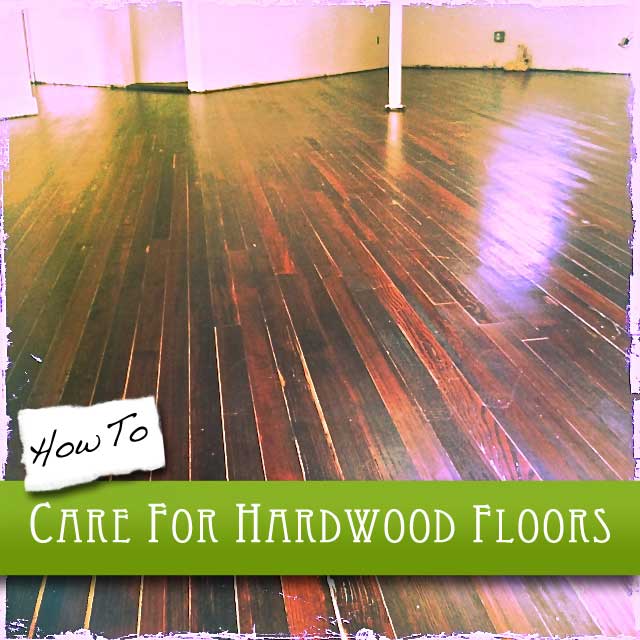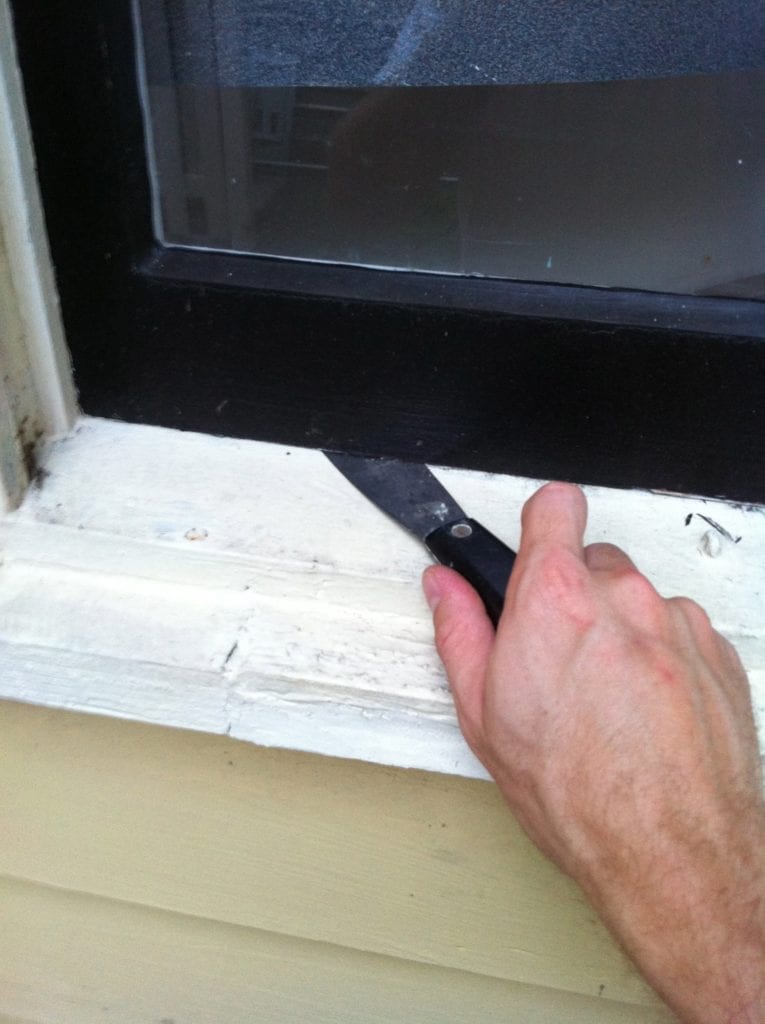BLOG POSTS
How To: Make a Small House Feel Large
Old houses are often much smaller than their counterparts today. The size of the average American home has grown enormously over the 20th century. From an average size of around 1,100 sq. ft. at the beginning of the century to [...] Read More The post How To: Make a Small House Feel Large appeared first on The Craftsman Blog.
Old houses are often much smaller than their counterparts today. The size of the average American home has grown enormously over the 20th century. From an average size of around 1,100 sq. ft. at the beginning of the century to 2,169 sq. ft. as of 2010, which is down from the all-time high of 2,248 sq. ft. in 2006.
While many of us love the character and craftsmanship of an old house, they are not without their challenges and size is definitely one of them. The bedrooms are small. The kitchen is tiny. The closets are non-existent. Life was different back then and we didn’t demand as much space as we do today. How often do you really use the formal living room anyway?
There are a few simple ways to make that small old house feel larger though. You don’t have to feel like you’re boxed in all year. Here are my top eight ways to make that small house feel large:
- Window Treatments – Those thick, dark curtains have got to go. Old houses have lots of windows and when you cover them up with heavy draperies, they make the rooms feel like a cave. Try using curtains in a light material and shades of white or other bright colors or remove the curtains altogether and add simple blinds. While you’re at it, clean your windows so you see more sun and less grime.
- Hang a Mirror – Hanging a large mirror is an old trick to fool your mind into thinking a room is bigger than it actually is. It reflects more light into the room and adds dimension to a small room.
- Paint Your Ceiling – If you’ve got a ceiling that hasn’t been painted in decades you’ll be amazed how far from white it has gotten. Put a fresh coat of flat white ceiling paint on it and the room will feel not only larger but cleaner too.
- Declutter – If you haven’t used it in a year, it’s time to get rid of it. Whether we’re talking about clothes, your kid’s toys, or anything else that is taking up space, considering that a decluttered space feels larger and less stressful to everyone in it. If you can’t get rid of it, consider using a storage unit for seasonal things like winter clothes.
- Smaller Furniture – Do you really need that 8 piece sectional? If you can, consider scaling back your furniture to the size that you truly use and need. The more space the furniture takes up, the less space there is for you.
- Utilize the Space You Have – The tiny house movement is great at this! Everything has its place and needs to be well organized in order to fit. Utilize all the vertical space in closets by doubling up your hanging racks. Try storage bins to keep everything where it belongs instead of out in the open. Install bookshelves on open wall space. Anything that gets things off the ground can help.
- Use Light Colors – Instead of forrest green or maroon, consider painting a room light blue or yellow. Bright colors make for happier and larger feeling rooms. Sure, keep that cozy study a darker color, but don’t have every room in the house painted like a cigar bar.
- Move the Furniture – It may not be the amount of furniture you have, but simply the way it is laid out. Look at different options to see which one gives more room for you and the way you live. You’d be amazed what a different layout can do to the feel of a cramped room.
Try some of these or all of these and that small house may start to feel a little bit larger. Some of these tips can help you put off that addition or the need to upsize for years which can mean real savings! Just because your old house is cute and cozy doesn’t mean it has to be cramped and claustrophobic.
The post How To: Make a Small House Feel Large appeared first on The Craftsman Blog.











